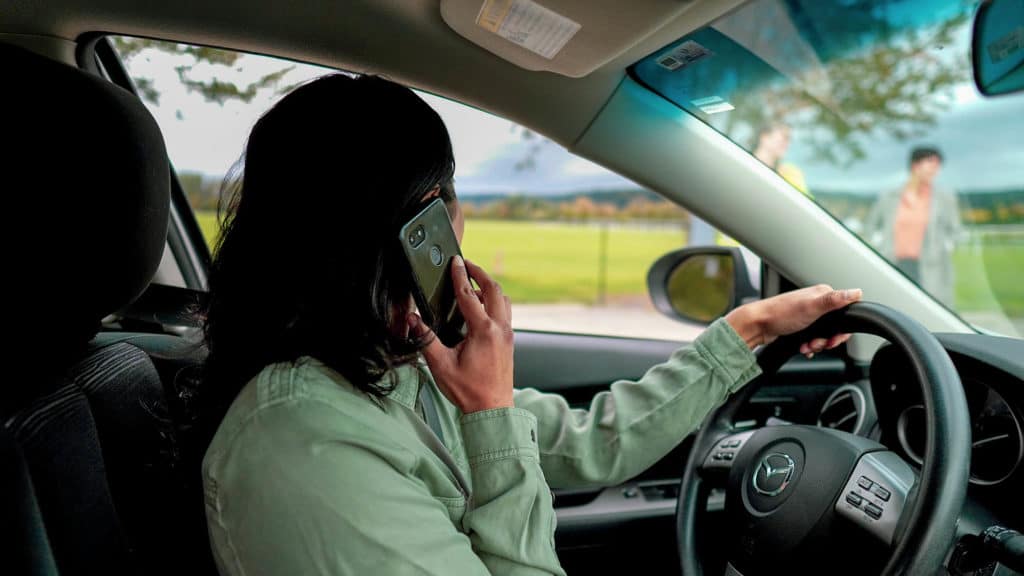According to the National Highway Traffic Safety Administration, distracted driving was responsible for 2,841 deaths in 2018 alone. This number includes drivers, passengers, pedestrians, and bicyclists.
We commonly think of texting while driving as distracted driving, but “distracted driving” is anything that can take your eyes, mind, or body off of the task of driving. This includes eating while driving, changing the music selection in your car, talking to other passengers, or paying attention to things going on outside of your vehicle (such as accidents). Driving under the influence, stress, and fatigue can also contribute to distracted driving.
Here are some helpful tips to help you avoid driving while distracted:
1. Familiarize yourself with your car’s controls before you drive. This is especially important if you’re driving a new-to-you vehicle such as a borrowed or rented car.
2. Review your maps, set your navigation, and choose your music before you leave. You can also ask a passenger to be responsible for these tasks.
3. Secure items that might move while driving.
4. Don’t try to pick up fallen items while driving.
5. Do not text and drive. Texting while driving is one of the most dangerous distractions, as it involves taking your eyes off the road for about 5 seconds each time you send or receive a text—that’s long enough for a vehicle traveling at 55 mph to travel the full distance of a football field.
6. Avoid stressful conversations while driving, whether on the phone or with other passengers. Many states prohibit the use of handheld cell phones while driving. However, research shows that even hands-free devices do not improve driver performance, because drivers are still focusing their attention on the conversation instead of the task of driving. Set your cell phone to “do not disturb” to avoid the temptation to make or answer calls while driving.
7. Avoid eating while driving.
8. If you find your mind wandering while driving, or you feel drowsy, pull off the road and take a break.
